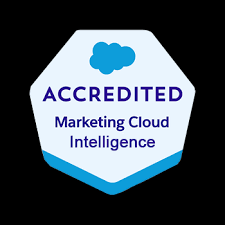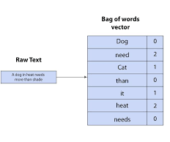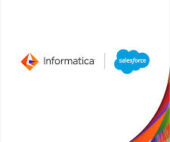Data activation is the process of transforming raw data into actionable insights, making it accessible and usable for decision-making across various business functions and channels. It involves moving data from silos to operational tools, enabling real-time decision-making and personalized experiences.
Explanation:
What it is:
- Transforming data: Data activation goes beyond simply collecting and storing data; it involves cleaning, aggregating, and preparing data for use in various applications.
- Making data actionable: It ensures that data is accessible to the right people, in the right tools, at the right time, so they can make informed decisions and take appropriate actions.
- Examples of activation:
- Personalized marketing: Using customer data to create targeted ad campaigns, email marketing, and personalized product recommendations.
- Improved customer service: Leveraging data to understand customer behavior and preferences, enabling more efficient and effective customer support.
- Optimized operations: Using data to identify trends, predict outcomes, and optimize processes across various departments.
- Data activation lifecycle: The process involves data collection, storage, analysis, and ultimately, the activation of insights into business actions.
Why it’s important:
- Data-driven decision-making: Data activation empowers businesses to move away from intuition and make decisions based on data and insights.
- Improved customer experiences: By understanding customer behavior, businesses can personalize experiences and deliver more relevant content and offers.
- Increased efficiency and productivity: Data activation can streamline processes, automate tasks, and improve overall efficiency.
- Enhanced marketing effectiveness: Data-driven marketing campaigns can lead to higher engagement, conversion rates, and ROI.
How it works:
- Data collection and storage: Data is gathered from various sources, such as websites, CRM systems, social media, and point-of-sale systems.
- Data transformation and cleaning: Raw data is transformed into a usable format, ensuring accuracy and consistency.
- Data activation tools: Data is moved from data warehouses or data lakes to operational tools, such as email marketing platforms, CRM systems, and analytics dashboards.
- Actionable insights: Teams use the activated data to make informed decisions, personalize experiences, and optimize processes.













